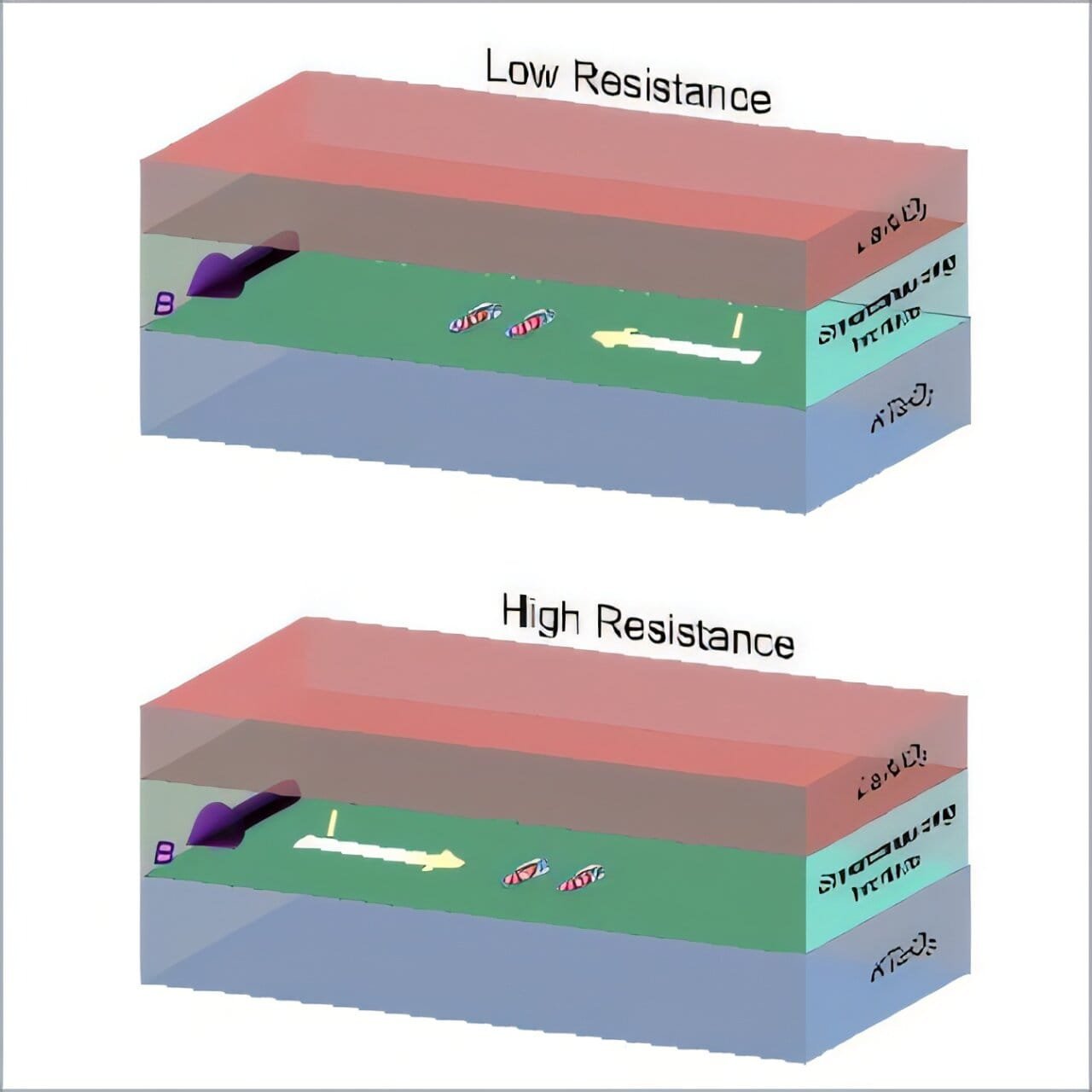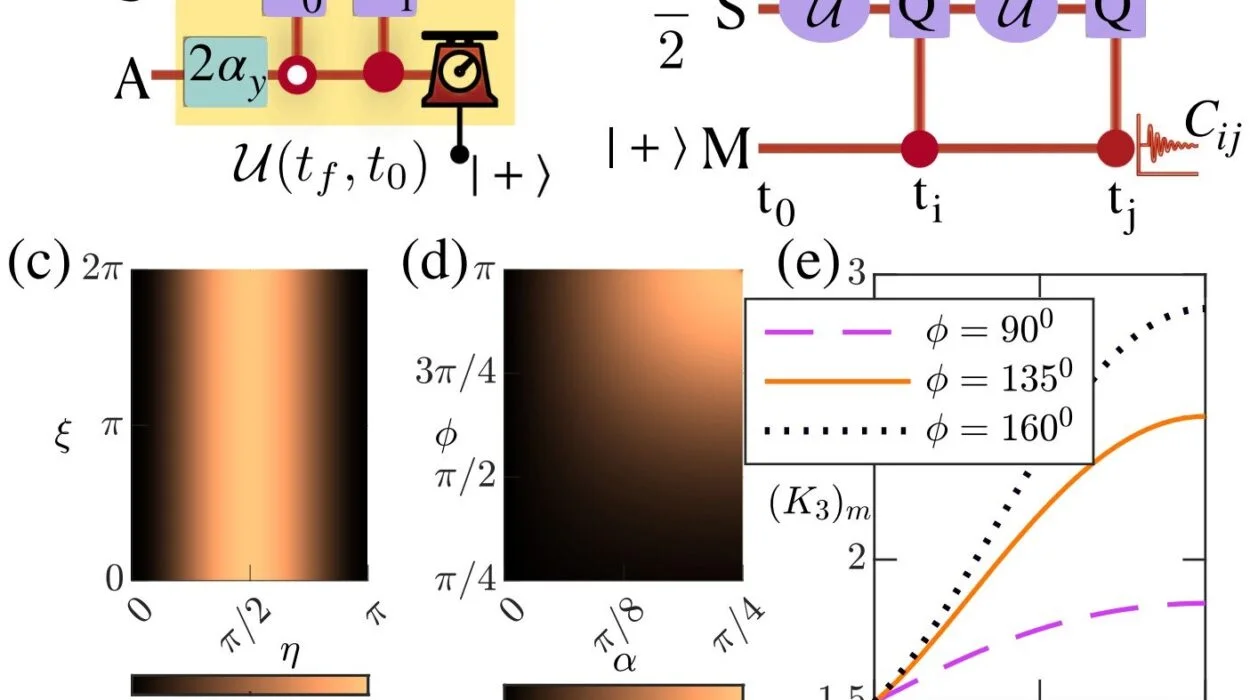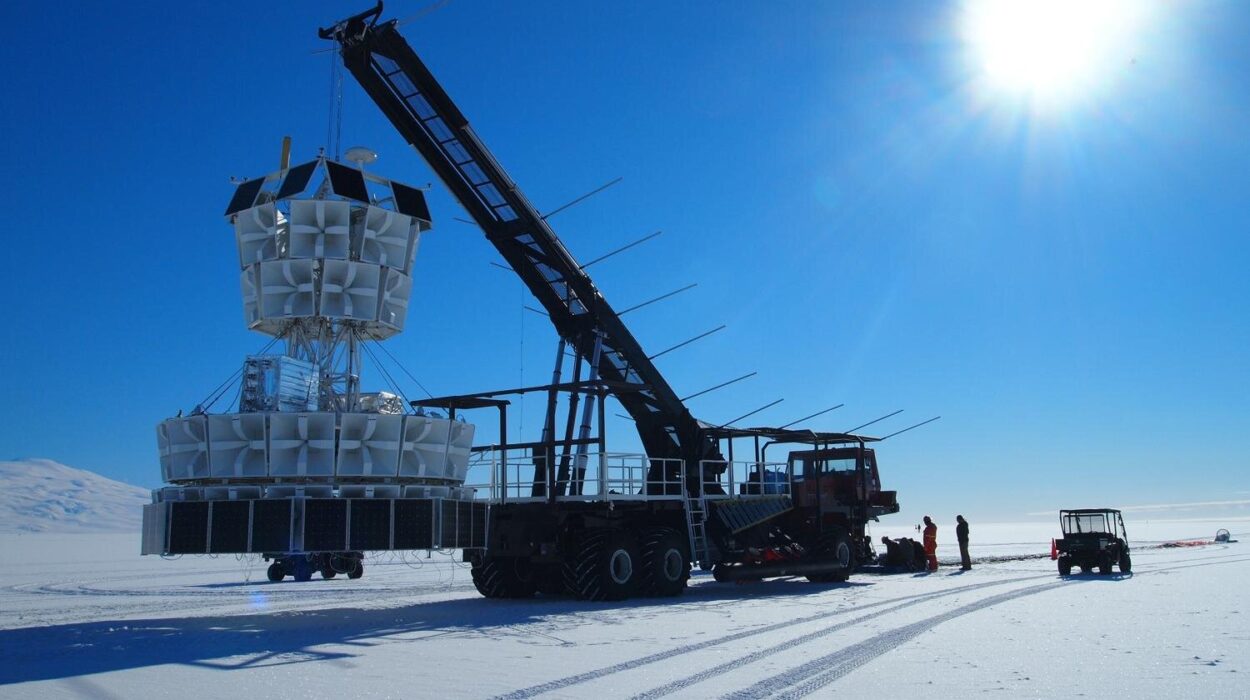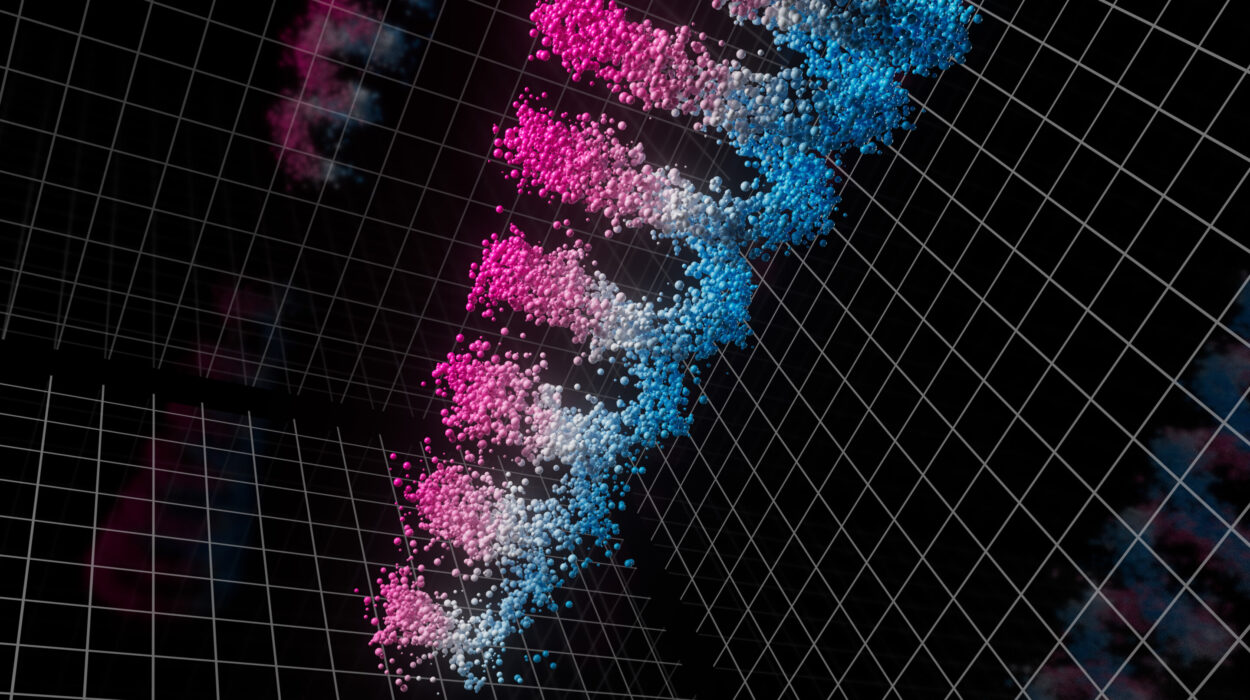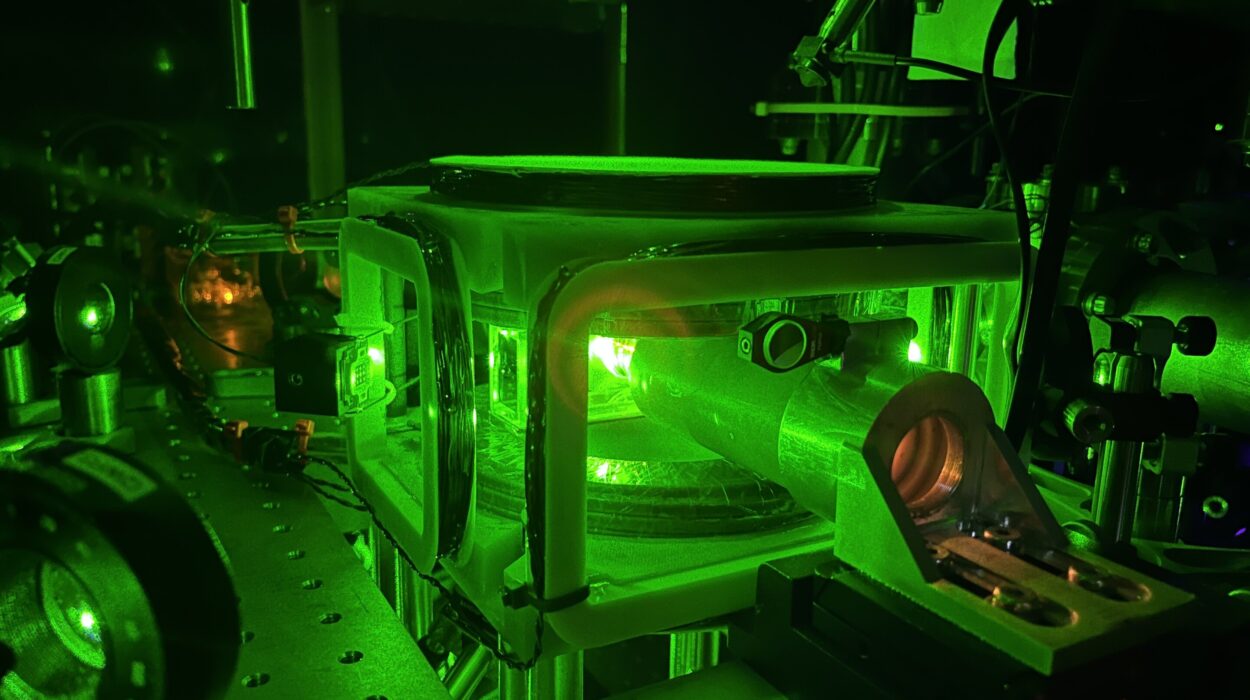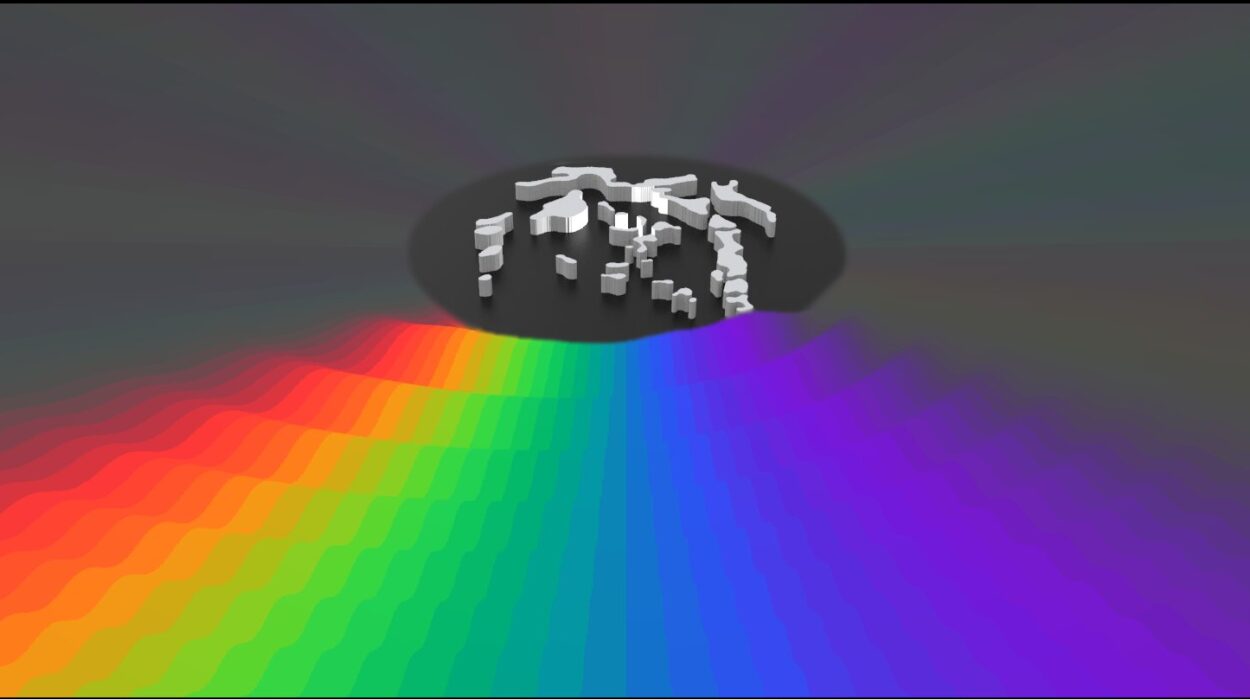Imagine a world where electricity flows forever without losing energy. Where wires never get hot, where circuits don’t waste power, and where computing is no longer limited by friction. This isn’t science fiction—it’s the breathtaking reality offered by superconductivity. But as we push the boundaries of this quantum marvel, a new and thrilling twist has emerged in the realm of unconventional superconductors: the rise of spin-triplet pairing.
It’s a concept that sounds like it belongs in a science fiction novel—electrons, the tiny charged particles that usually repel each other, pair up and glide through a crystal lattice without resistance. For decades, scientists have studied how these electron pairs—known as Cooper pairs—come together in traditional superconductors. There, the rule is simple: opposites attract. Electrons with opposite spins—one up, one down—pair off in perfect, symmetrical harmony. This is the familiar world of spin-singlet pairing.
But recent experiments are revealing that electrons don’t always follow the expected choreography. Sometimes, they pair with parallel spins, spinning in the same direction, defying convention and hinting at exotic underlying physics. This rare state, called spin-triplet pairing, may hold the key to creating superconducting materials that operate in new ways and at higher temperatures. And now, thanks to researchers in China and Japan, we may be one step closer to mastering it.
Where Two Worlds Meet
At the heart of this discovery lies a material called potassium tantalate, or KTaO₃. Alone, it’s not a superconductor. But when scientists build ultra-thin interfaces—stacking KTaO₃ with another material—they unlock something extraordinary. The boundary between the two materials becomes a stage where electrons perform a different kind of dance. Suddenly, superconductivity emerges, seemingly out of nowhere.
These KTaO₃-based interface superconductors, first discovered in 2021, stunned the scientific community. They operated at significantly higher transition temperatures than their cousins made from strontium titanate (SrTiO₃), sparking a wave of interest. But while previous studies focused mainly on how these materials behaved under linear electrical transport—measuring resistance and current in straightforward ways—a team led by Pan He and Naoto Nagaosa wondered what mysteries might be hiding in the nonlinear world.
What they uncovered has the potential to reshape how we understand not just superconductivity, but the very nature of electron interactions at the quantum scale.
The Mystery of Nonreciprocal Transport
Electricity usually behaves predictably. Run a current through a wire in one direction, and it behaves the same as it does in the opposite direction. But in certain exotic materials—especially those lacking inversion symmetry, like the KTaO₃ interfaces—this rule breaks down. This phenomenon, known as nonreciprocal transport, means that electrical resistance changes depending on the direction of the current. It’s a subtle but powerful clue that something strange is happening deep inside the material.
Why is this important? Because nonreciprocal behavior is like a fingerprint for parity mixing—a quantum signature that spin-singlet and spin-triplet electron pairs are coexisting in the same material. Detecting this mixing is notoriously difficult, but it could reveal a hybrid state of matter that combines the stability of traditional superconductors with the flexibility of spin-triplet systems.
To investigate, He’s team devised an experiment to probe this elusive phenomenon in KTaO₃-based superconductors. The approach they used—called second-harmonic generation—is akin to tuning a delicate instrument. They passed a gentle alternating current through the material and measured the tiny second harmonic signals it generated. These signals act like a whisper from the quantum world, revealing nonlinear electrical responses that are invisible in ordinary tests.
And what they heard was unmistakable: KTaO₃ was singing the song of nonreciprocity.
A Model That Mirrors Reality
Uncovering nonreciprocal transport in this class of superconductors was groundbreaking on its own. But the team didn’t stop there. They wanted to know why it was happening. To do this, they turned to theory, constructing a model grounded in time-dependent Ginzburg-Landau theory, a powerful framework that allows physicists to simulate how superconductivity evolves in space and time.
Their model incorporated two essential ingredients. The first was Rashba spin-orbit coupling, a phenomenon that arises in materials where electric fields and relativistic effects cause electron spins to lock with their momentum. The second was hexagonal warping, a distortion in the electronic structure that further breaks symmetry and encourages complex spin behavior.
When the model was run, it mirrored the experimental data with striking precision. Theoretical predictions of nonreciprocal transport matched what the team had observed in the lab. This alignment added serious weight to their central hypothesis: the superconductivity in KTaO₃-based interface materials isn’t coming from spin-singlet pairing alone. There is strong evidence that spin-triplet interactions are not just present, but active—helping to carry the supercurrent in tandem with their opposite-spin counterparts.
Why Spin-Triplet Pairing Matters
Spin-triplet superconductivity is more than a curiosity—it’s a gateway to next-generation technology. Because the paired electrons in this state have the same spin, their motion is compatible with spin-polarized systems, where electron spin is used to encode information. This means that spin-triplet superconductors could form the backbone of spintronics, a revolutionary field aiming to build faster, more efficient, and more powerful computing devices.
More tantalizing still, spin-triplet states are believed to be more resilient to magnetic fields, which typically destroy conventional superconductivity. If scientists can control and stabilize these triplet pairings, we might unlock materials that superconduct at much higher temperatures or in harsher environments—bringing superconducting technologies out of the lab and into real-world applications.
The implications extend into the mysterious world of topological superconductivity as well—where electrons arrange themselves in protected, non-local states that could one day serve as the building blocks for fault-tolerant quantum computers.
In short, spin-triplet superconductivity isn’t just a new chapter in the physics textbook. It’s a key to the future.
The Road Ahead: Superconductivity Meets Spintronics
With their findings now published in Physical Review Letters, the research team at Fudan University, RIKEN, and their collaborators have set the stage for a new era in superconductor research. Their next goal? To explore other interface superconductors that might exhibit similar or even stronger effects, especially those operating at higher temperatures.
They’re also turning their attention to the rich and largely uncharted territory of spintronic phenomena in these systems. If KTaO₃-based materials can support spin-polarized Cooper pairs, they could offer the perfect playground for merging the best of both quantum worlds: the lossless current of superconductivity and the information density of spin-based electronics.
As Jian Shen, co-senior author, noted, understanding these materials isn’t just about academic curiosity—it’s about paving the way toward real-world technologies that are smaller, smarter, and infinitely more powerful.
A New Quantum Frontier
The discovery of spin-triplet pairing signals in KTaO₃-based interface superconductors is more than a scientific milestone—it’s a glimpse into a hidden order of nature, where electrons defy our expectations and forge strange alliances. It reminds us that the quantum world is vast, mysterious, and full of surprises waiting to be uncovered.
We are just beginning to understand the rules of this deeper game. But with each breakthrough—each new symmetry broken, each new pairing observed—we move closer to taming these quantum forces and transforming them into technologies that could redefine our world.
In the quiet hum of a lab, in the silent flutter of electrons through a crystal lattice, the future is taking shape—not with thunder, but with coherence. Not with resistance, but with perfect, frictionless flow.
Reference: Jinfeng Zhai et al, Nonreciprocal Transport in KTaO3-Based Interface Superconductors with Parity Mixing, Physical Review Letters (2025). DOI: 10.1103/nshl-7b3z
